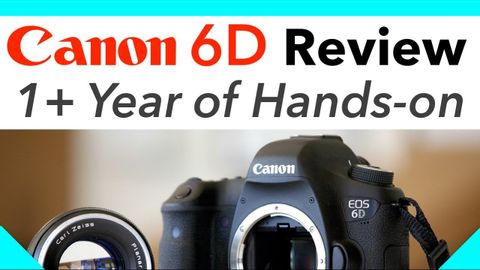
Subtitles & vocabulary
Canon 6D Review 1+ Year of Hands-on
00
Chimen posted on 2016/01/30Save
Video vocabulary
pretty
US /ˈprɪti/
・
UK /'prɪtɪ/
- Adjective
- Being attractive to the eye in a simple way
- Attractive in a delicate way without being truly beautiful
- Adverb
- Very; to a great degree
- To some extent; fairly
A1TOEIC
More quality
US /ˈkwɑlɪti/
・
UK /'kwɒlətɪ/
- Noun (Countable/Uncountable)
- Feature associated with someone or something
- High level of worth or excellence
- Adjective
- Of a high standard
A2TOEIC
More good
US /ɡʊd/
・
UK /ɡʊd/
- Adjective
- Proper, appropriate or right
- (Of an amount) enough; plenty
- Uncountable Noun
- Advantage or benefit
A1TOEIC
More feature
US /ˈfitʃɚ/
・
UK /'fi:tʃə(r)/
- Noun (Countable/Uncountable)
- Special report in a magazine or paper
- Distinctive or important point of something
- Transitive Verb
- To highlight or give special importance to
- To give prominence to; to present or promote as a special or important item.
A2TOEIC
More Use Energy
Unlock All Vocabulary
Unlock pronunciation, explanations, and filters
